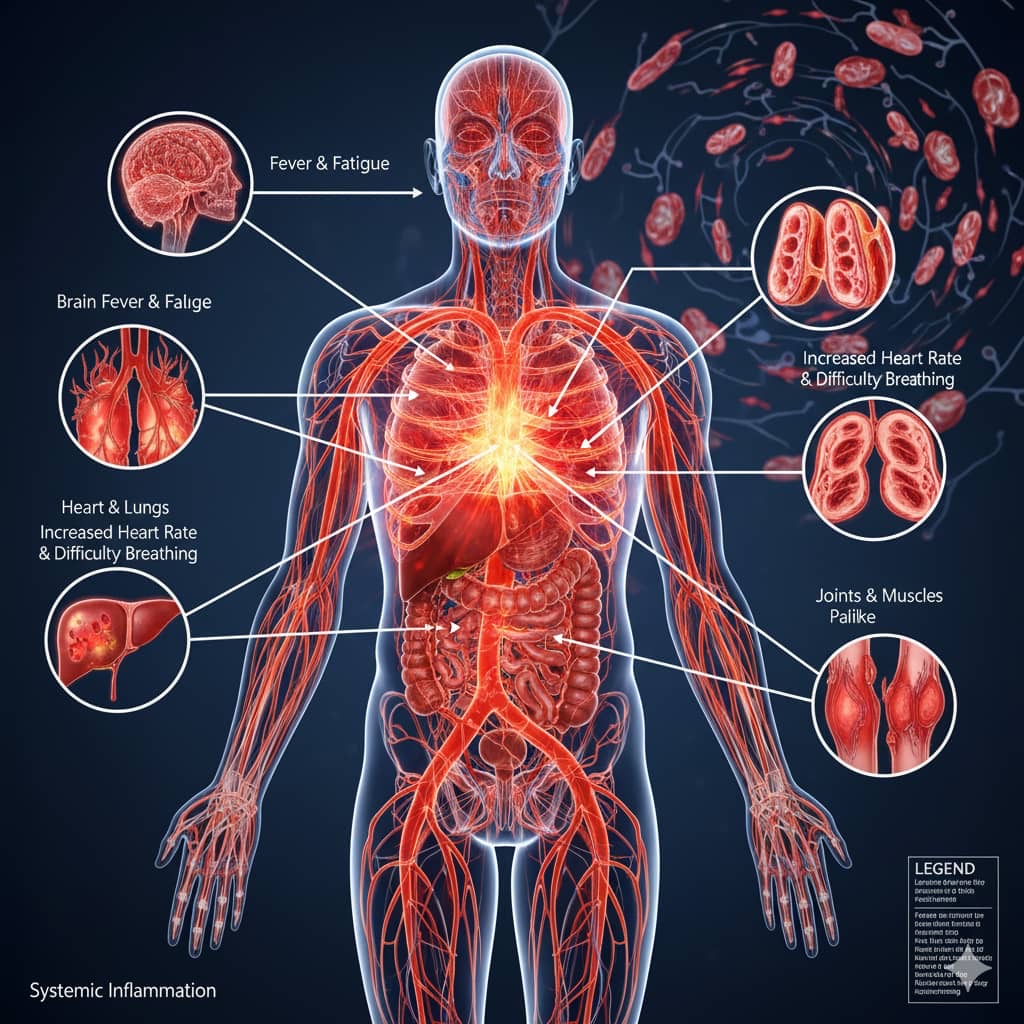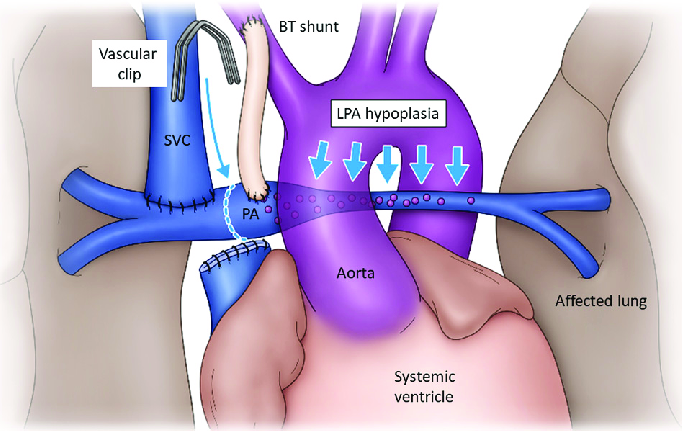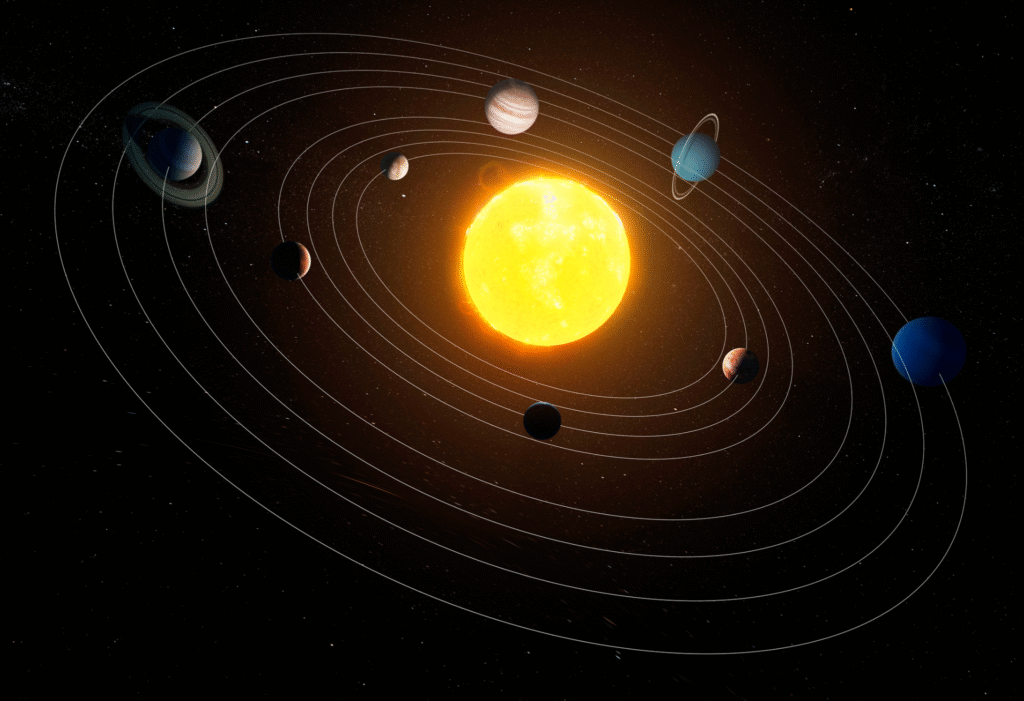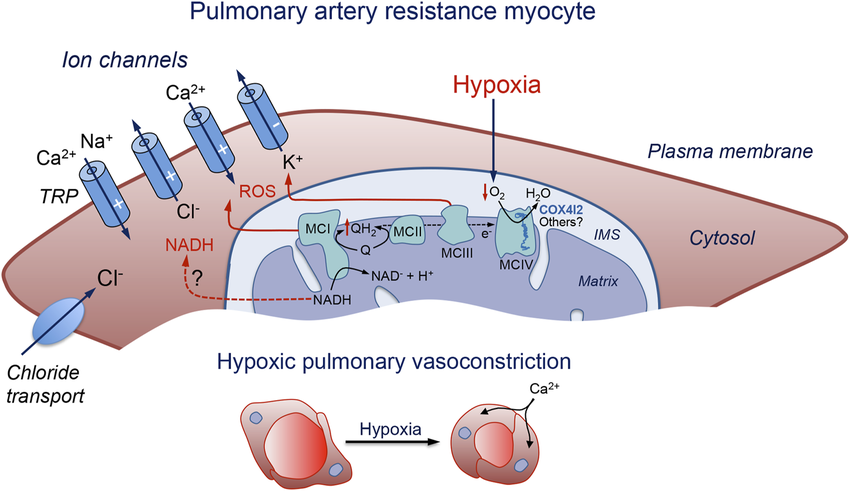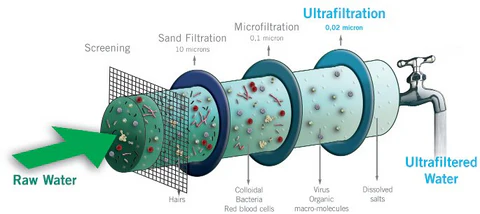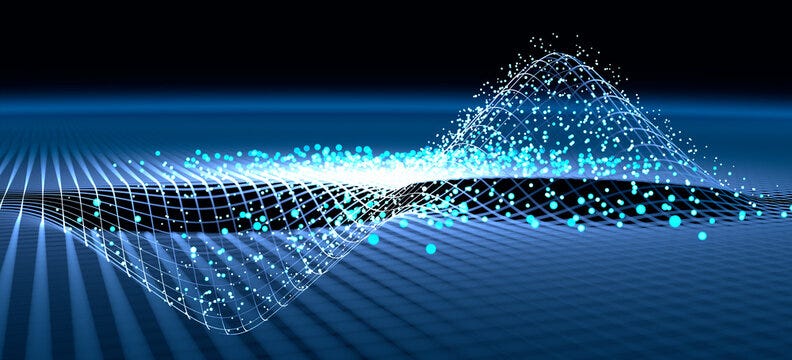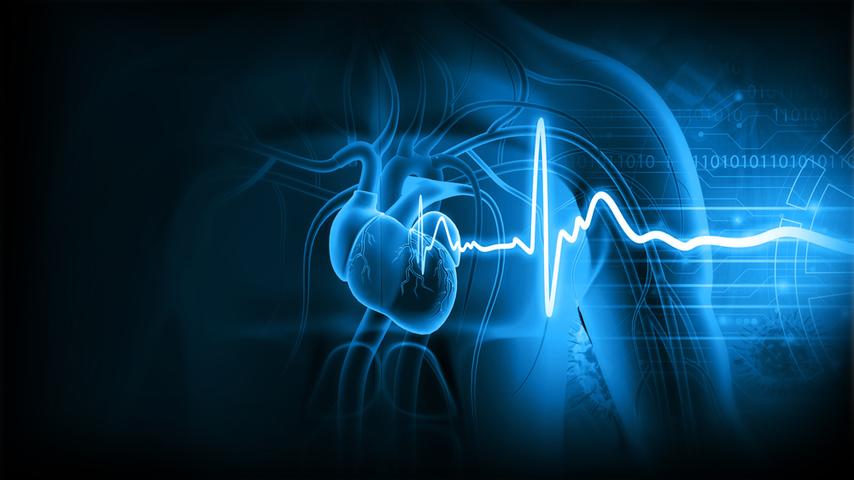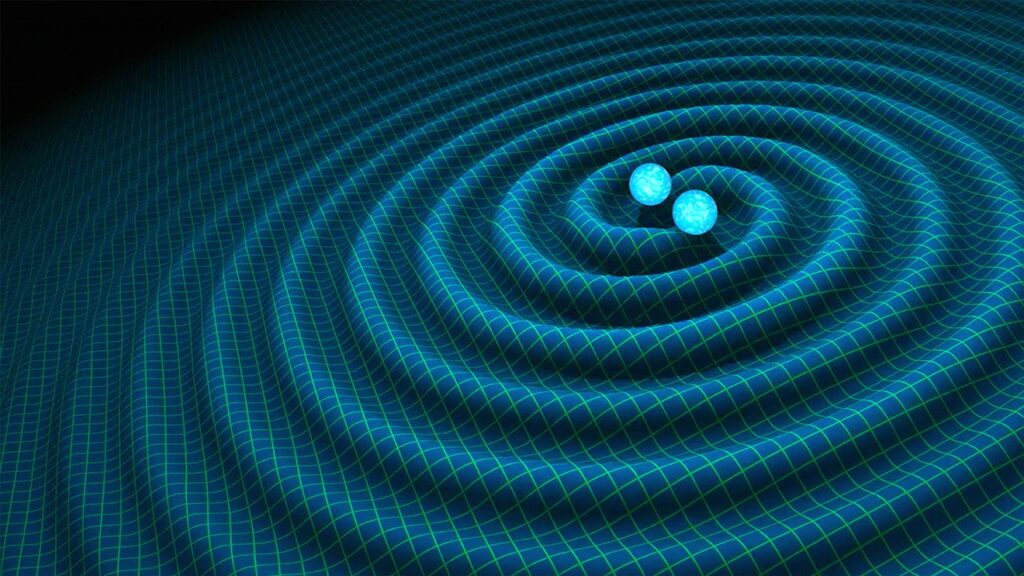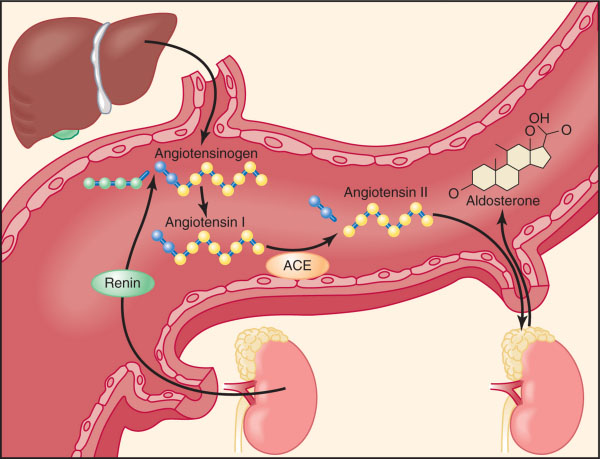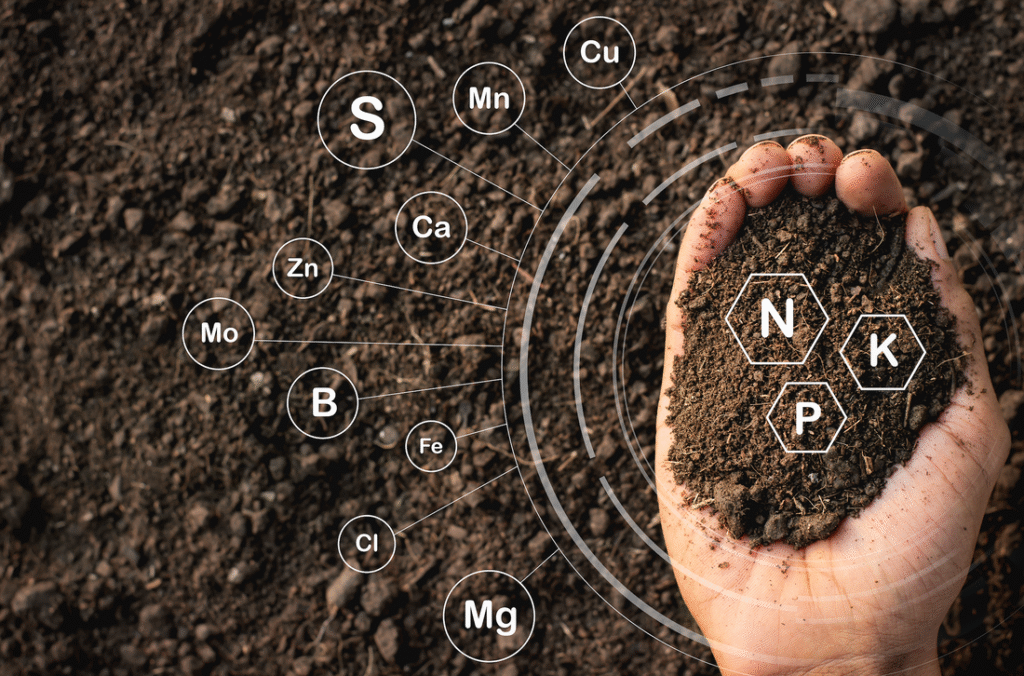Posted inMedicine
Inflammation – An Easy Guide
Inflammation is the body’s protective response to injury, infection, or irritation.
Its goal is simple:
Eliminate the cause of injury (like microbes or toxins).
Clear out damaged tissue.
Start repair.
It is not always harmful — it’s a survival mechanism. But when excessive or uncontrolled, inflammation itself can cause disease.
